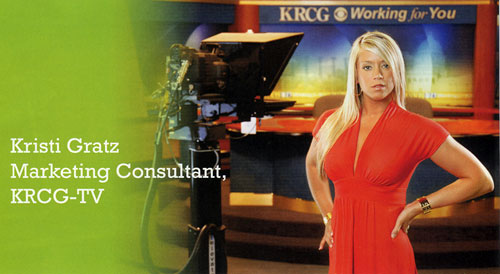“If you’re not responding, you’re not seen as an authentic brand”
The eye rolling and derisive snorting I used to get by mentioning Twitter have been replaced by a thin-lipped, folded arm silence. Due in some part, I’m sure, to stories like the one in today’s Wall Street Journal:
“Ford Motor Co., PepsiCo Inc. and Southwest Airlines Co., among others, are deploying software and assigning employees to monitor Internet postings and blogs. They’re also assigning senior leaders to craft corporate strategies for social media.”
“Some companies are training staffers to broaden their social-media efforts. At Ford, Scott Monty, Ford’s head of social media, plans to soon begin teaching employees how to use sites like Twitter to represent the company and interact with consumers.
Coca-Cola Co. is preparing a similar effort, which initially will be limited to marketing, public affairs and legal staffers. Participants will be authorized to post to social media on Coke’s behalf without checking with the company’s PR staff, says Adam Brown, named Coke’s first head of social media in March.”
If you want my business, you’ll listen to what I have to say, and respond. Or suffer a PR shit storm.
http://online.wsj.com/article/SB124925830240300343.html
The eye rolling and derisive snorting I used to get by mentioning Twitter have been replaced by a thin-lipped, folded-arm silence. Due in some part, I’m sure, to stories like the one in today’s Wall Street Journal:
“Ford Motor Co., PepsiCo Inc. and Southwest Airlines Co., among others, are deploying software and assigning employees to monitor Internet postings and blogs. They’re also assigning senior leaders to craft corporate strategies for social media.”
“Some companies are training staffers to broaden their social-media efforts. At Ford, Scott Monty, Ford’s head of social media, plans to soon begin teaching employees how to use sites like Twitter to represent the company and interact with consumers.
“Coca-Cola Co. is preparing a similar effort, which initially will be limited to marketing, public affairs and legal staffers. Participants will be authorized to post to social media on Coke’s behalf without checking with the company’s PR staff, says Adam Brown, named Coke’s first head of social media in March.”
If you want my business, you’ll listen to what I have to say, and respond. Or suffer a PR shit storm.

